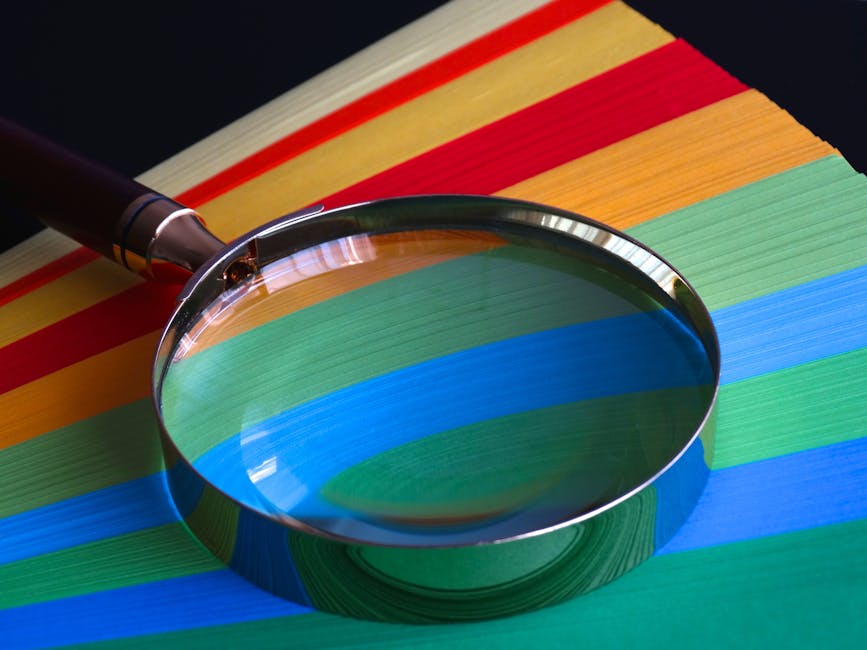Introduction
Fake news is a problem that has been prevalent since the rise of the internet. It is defined as false or misleading information that is spread deliberately to deceive people. Fake news can come in many forms, such as clickbait articles, hoaxes, and propaganda. It can have serious effects on individuals, societies, and even countries.
 Photo by Pixabay on Pexels
Photo by Pixabay on Pexels
Artificial intelligence can help spot fake news by analyzing text and identifying patterns that are indicative of deception. AI-based methods for detecting fake news are still in their early stages, but they hold great promise for the future. With the help of AI, we may be able to fight fake news more effectively and protect people from its harmful effects.
What is fake news and why is it a problem.
Types of fake news
Fake news can come in many forms. It can be an article that is intentionally misleading, contains false information, or is designed to create a negative impression of a person or organization. It can also be a video or audio clip that has been doctored to change the meaning, or a photo that has been manipulated to tell a different story.
Fake news is often spread through social media and online platforms, making it difficult to spot. This can have serious consequences, as it can lead to people making bad decisions based on false information.
The effects of fake news
Fake news can have far-reaching and dangerous effects. For example, it can cause panic and fear, distort public opinion, and mislead decision-makers. It can also undermine trust in the media and erode democracy. In some cases, it has even led to violence.
How can artificial intelligence help spot fake news.
AI can help identify fake news by looking at patterns in the data that human fact-checkers might miss.
For example, machine learning can be used to analyze the text of an article to look for signs that it might be fake. It can also be used to examine the social media activity around a piece of news to see if it is being shared more by fake news sources than by reputable news outlets.
There are a few different ways that artificial intelligence can be used to detect fake news. One way is by looking at the veracity of the claims made in an article.
AI can be used to cross-check claims made in an article against other sources to see if they match up. If there are discrepancies, this could be an indication that the article is fake.
Another way AI can help spot fake news is by looking at the writing style.
Fake news articles often have certain linguistic characteristics that can be detected by AI.
For example, they may use more emotional or sensational language than genuine articles.
They may also contain more grammatical errors. By analyzing the text of an article, AI can help flag it as potentially fake.
How AI can help fight fake news in the future
AI can play a role in fighting fake news in several ways. First, as mentioned above, AI can help identify fake news articles and flag them for further review. This can help people avoid accidentally sharing false information.
Second, AI can be used to track how fake news spreads across social media and other online platforms. This information can then be used to develop strategies for combating the spread of misinformation.
Finally, AI can be used to create bots that generate counter-narratives to false stories or correct misleading information in real-time.
All of these methods show promise in helping to fight the spread of fake news. However, it’s important to note that AI is not a silver bullet.
In order to effectively combat fake news, we need to take a multi-pronged approach that includes both human and machine intelligence.
Conclusion
In conclusion, fake news is a problem because it can mislead people and cause them to make bad decisions. Artificial intelligence can help spot fake news by using methods like natural language processing and machine learning. In the future, AI can help fight fake news by continuing to improve these methods and developing new ones.
